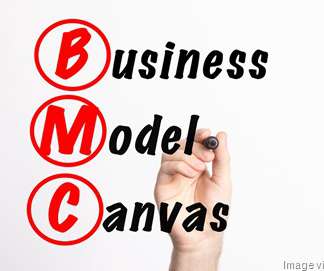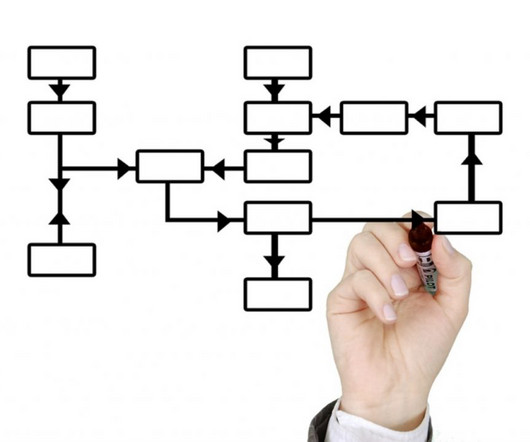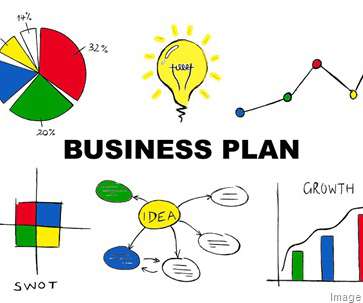Intellectual Property for Startups in the Real World
Gust
JANUARY 4, 2012
Last month we covered the basics of intellectual property (IP) for startups, including a simple taxonomy, some common issues and related documents for entrepreneurs to use when forming a new startup. I’m proud to contribute to the effort and always enjoy reading what the other authors have to say. Is there anything we can do about it?










































Let's personalize your content